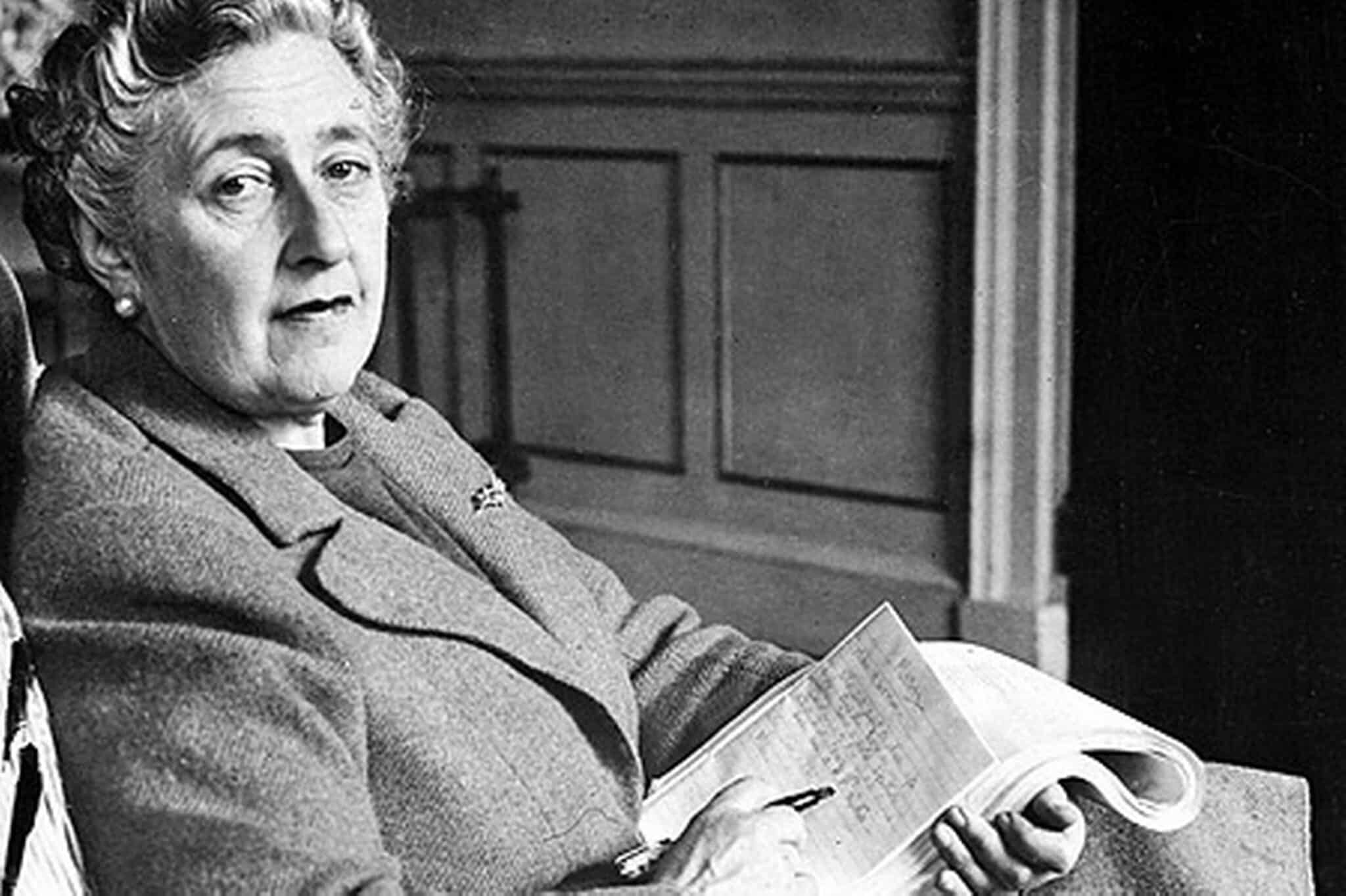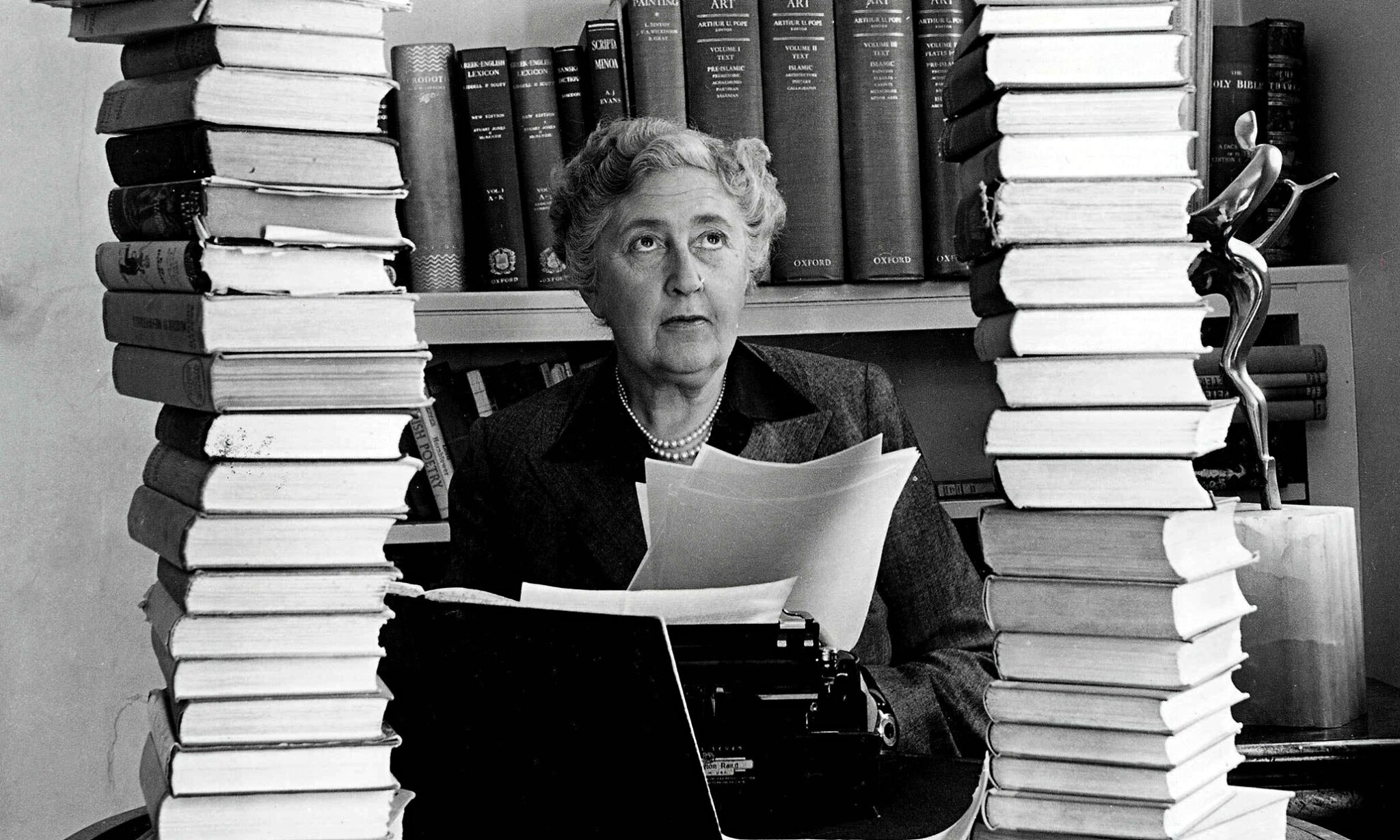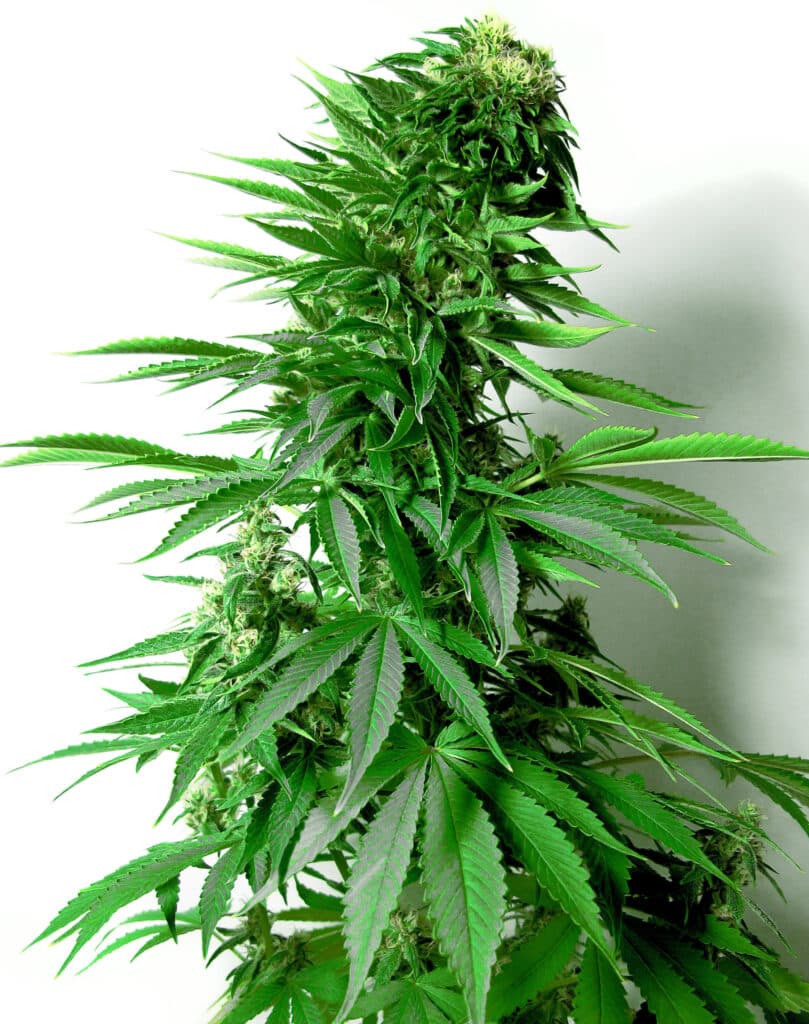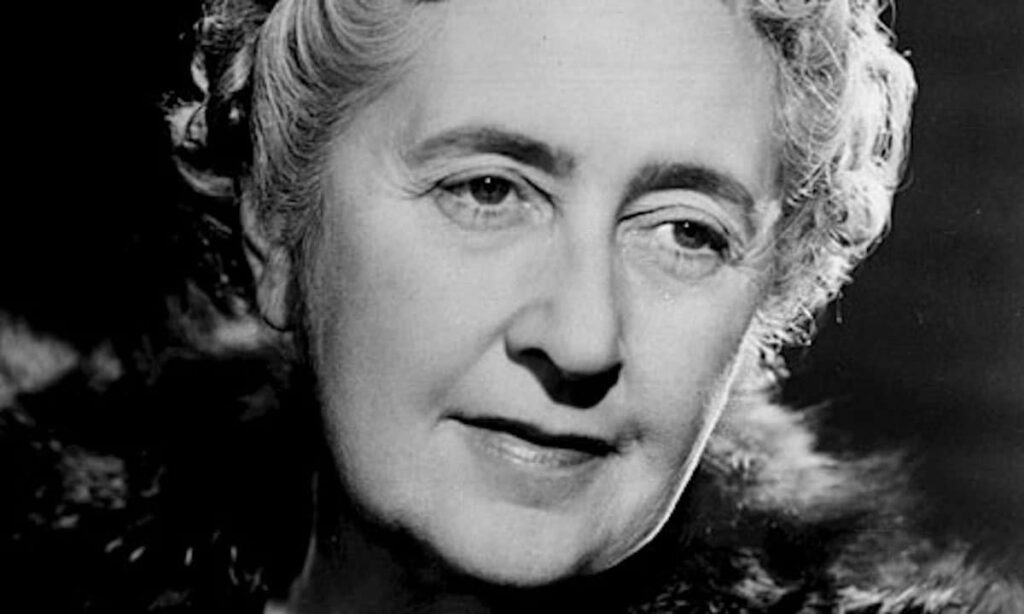The queen of crime is known for her obscure plots and fiendish clues, but her expertise with poisons often goes unnoticed
In the drawing room of an English country house a little old lady sits knitting and discussing the dangers of prescription drugs. Upstairs, a blue poison bottle containing several lethal doses of strychnine is hidden in a drawer. Outside in the kitchen garden some unusual plants are growing among the herbs. On the hall table sits a bag full of pills left behind by the visiting nurse. In the kitchen what looks like sugar has been spilt on a tea tray, or are the small white crystals something else? At the front door a man in a pair of immaculate patent-leather shoes pauses to brush an invisible speck of dust from his lapel before ringing the bell. We are, in all likelihood, in Agatha Christie-land.
Christie, the Queen of Crime, is known the world over for her puzzling plots, fiendishly deceptive clues and, of course, her use of poisons. Her toxic tally tops 30 killer compounds, which she used in a staggering array of creative methods for murder. But what I find most impressive is how accurately she employed them. Few other novelists can claim to have been read by pathologists as reference material in real poisoning cases, as Christie was in the case of the St Alban’s poisoner, Graham Young. Her knowledge came from direct experience with poisons and a lifetime interest in the subject, though not in the criminal sense.
During World War I, Christie volunteered as a nurse in a hospital in Torquay but it was suggested she might enjoy working in the pharmacy. Then, and for many years afterwards, all prescriptions were prepared by hand. The work was skilled and carried a high degree of responsibility – it was essential to ensure the correct dosage was delivered. The role therefore required further training and Christie had to pass a number of exams before she could take on the work of dispenser or apothecary’s assistant. She set about studying both theoretical and practical aspects of chemistry. She also took tuition from a pharmacist working in a commercial pharmacy in the town, the sinister Mr P, a person who liked to carry around lumps of curare, or arrow poison, in his pocket to make him feel powerful. This rather disconcerting figure was resurrected nearly 50 years later in Christie’s novel The Pale Horse.

Back in the dispensary, after making a bet with her sister that she would write a detective novel, Christie considered the possibilities. Given her considerable knowledge of chemistry and as she was constantly surrounded by poison bottles, it is hardly surprising that she chose poison as her method of murder in what became The Mysterious Affair at Styles. After publication, Christie received her most cherished compliment when Styles was reviewed in the Pharmaceutical Journal. “This novel has the rare merit of being correctly written,” the reviewer stated.
Christie’s success grew, and knowing nothing about ballistics, she often used poisons in her plots. She maintained her interest in drugs throughout her writing life, and the scientific details of her chosen poisons were well researched. Christie built up a considerable medico-legal library over the years, with Martindale: The Extra Pharmacopoeia the most well-thumbed book in her collection. Her knowledge came from direct experience with poisons and a lifetime interest in the subject.
During World War II, she volunteered again as a dispenser at University College Hospital, London. After renewing her training, Christie put in regular hours at the dispensary. Her work at the hospital kept her up to date with new developments in drugs and pharmaceutical practice. At the same time she was inventing new stories and working out her devious plots.
At the start of her career, substances such as arsenic and strychnine were still in medical use – though they were being phased out as new drugs, among them barbiturates, were introduced at a rapid rate. Administering overdoses of prescribed drugs, as well as switching prescriptions, are common ploys on the part of Christie’s fictional poisoners, many of whom work in medicine.
But Christie also made use of many poisons that were not, and never have been, used as medicine – compounds such as cyanide and ricin. Cyanide was fairly readily available in the 1930s and 40s in the form of pesticides that could be bought over the counter. She also employed toxic plants such as yellow jasmine, foxgloves and hemlock, which grow easily and legally in gardens in the UK. The 1930s poisoner had to look no further than the medicine cabinet, garden shed or the garden itself to find a ready supply of dangerous compounds. No one can be beyond suspicion in a Christie story.
Anyone today thinking of using Christie as inspiration when plotting a murder, however, should know that they will find it considerably more difficult to obtain poisons. Methods of detecting them in a corpse, though well developed in Christie’s day, have also vastly improved, thanks to the work of dedicated pathologists and toxicologists. In short, you are very unlikely to get away with it.
I read Christie novels as a teenager and fell in love with their gentle humour. Even the many irritating habits of Hercule Poirot had their charm, though what I enjoyed most was trying to solve the murder/s (I seldom got it right). The scientific content of her work is so well incorporated into the storylines that it is easy to overlook – but it shouldn’t be.
source: The Guardian
Vocabulary
obscure plot | homályos cselekmény |
fiendish clue | ördögien gonosz gondolatmenet |
prescription drug | receptre felírt gyógyszer |
lethal | halálos |
strychnine | sztrichnin (méreg) |
lapel | hajtóka |
in all likelihood | minden valószínűséggel |
puzzling | rejtélyes |
deceptive | félrevezető, megtévesztő |
staggering | megdöbbentő |
array of | valaminek a sora |
to volunteer | önkénteskedni |
responsibility | felelősség |
dispenser | gyógyszerész |
curare | nyílméreg |
disconcerting | nyugtalanító |
to resurrect | feltámad |
cherished compliment | dédelgetett bók |
merit | érdem |
ballistics | ballisztika |
well-thumbed | sokat forgatott |
devious | csavaros, fondorlatos |
to phase out | kivon, fokozatosan megszüntet |
ricin | a ricinus magjából kivonható nagyon mérgező fehérje |
pesticide | rovarirtó |
foxglove | gyűszűvirág |
hemlock | bürök |
to obtain | szerezni, kapni |
corpse | hulla |





